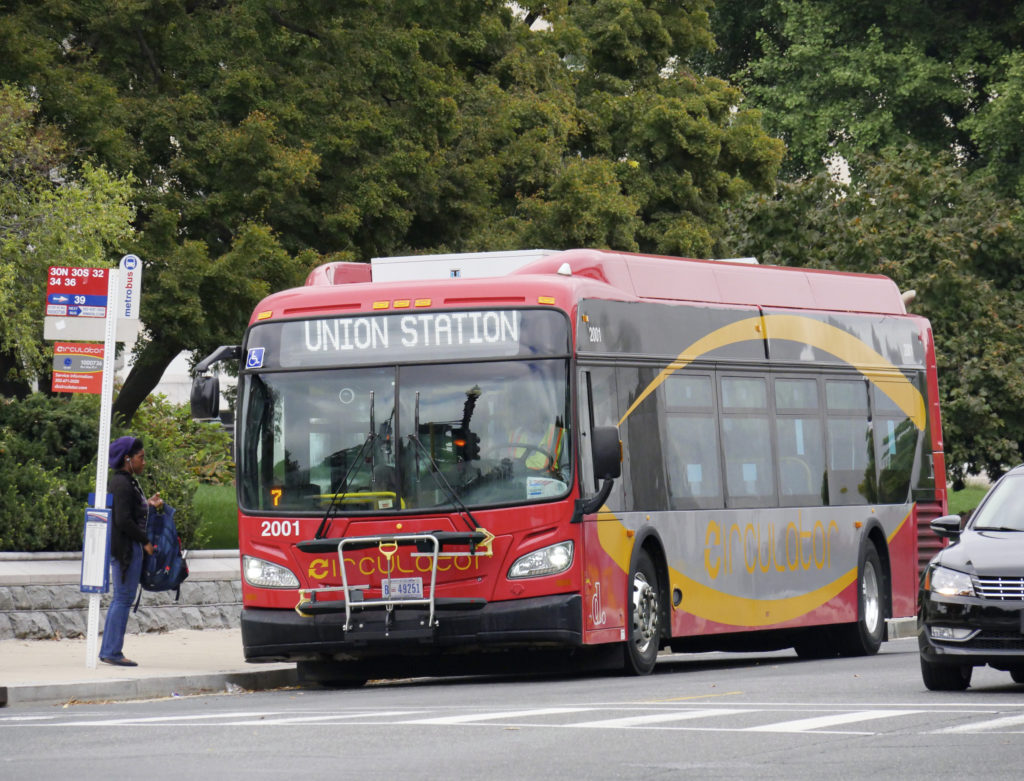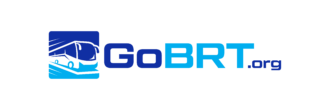
The bus and rapid transit system in Washington, DC, known as the Washington Metropolitan Area Transit Authority (WMATA), is a vital component of the city’s transportation infrastructure. With over 400 bus routes and six rapid transit lines, WMATA serves a population of over six million people in the metropolitan area, including the District of Columbia, Maryland, and Virginia. In 2019, WMATA recorded over 500 million trips taken on its bus and rail systems, making it one of the busiest public transportation systems in the country.
WMATA’s bus system is the second-largest in the United States, behind only New York City’s Metropolitan Transportation Authority. The system operates more than 400 bus routes, covering over 12,000 miles of roads in the metropolitan area. The bus fleet includes over 1,500 buses, with the majority being low-floor buses equipped with wheelchair ramps and other accessibility features. Bus routes cover a wide range of destinations, including downtown DC, suburban neighborhoods, and major shopping and employment centers.
The bus system also includes several express routes, which are designed to provide faster service between key destinations. These express routes include the B30, which connects BWI Airport and the New Carrollton Metro station, and the X2, which connects downtown DC and the Rosslyn Metro station. Additionally, WMATA operates a number of specialized services, such as the MetroExtra routes, which provide limited-stop service on key corridors, and the Circulator routes, which provide frequent, low-cost service within key neighborhoods.
WMATA’s rapid transit system, known as the Metrorail, is the second-busiest rail transit system in the United States, behind only the New York City Subway. The Metrorail system includes six lines, which cover a total of 106 miles of track and 91 stations. The system serves a wide range of destinations, including downtown DC, the suburbs of Maryland and Virginia, and key employment and shopping centers. The Metrorail system also connects to several regional rail systems, including Amtrak and MARC, as well as to several bus systems, including WMATA and the Maryland Transit Administration.
The Metrorail system is also known for its high frequency of service, with trains running every six to twelve minutes during peak hours on most lines. The system also operates a number of special services, such as the Rush Hour Promise, which guarantees a refund to customers who experience delays of more than 15 minutes during peak hours. Additionally, WMATA operates a number of bus routes that connect to key Metrorail stations, providing seamless service to customers.
WMATA’s bus and rapid transit system plays a vital role in the city’s transportation infrastructure, providing reliable, efficient, and affordable service to millions of people. In 2019, WMATA recorded over 500 million trips taken on its bus and rail systems, making it one of the busiest public transportation systems in the country. With over 400 bus routes and six rapid transit lines, WMATA serves a population of over six million people in the metropolitan area, including the District of Columbia, Maryland, and Virginia. The bus and rail systems are also known for their high frequency of service and special services, such as the Rush Hour Promise, which guarantees a refund to customers who experience delays of more than 15 minutes during peak hours. Additionally, WMATA operates a number of bus routes that connect to key Metrorail stations, providing seamless service to customers.
WMATA’s bus and rapid transit system also plays a vital role in reducing traffic congestion and air pollution in the city. According to WMATA, the system removes an estimated 29 million car trips from the roads each year, reducing air pollution and helping to mitigate the impact of climate change. Additionally, the system helps to reduce traffic congestion, making it easier for people to get to where they want to go in a car.
